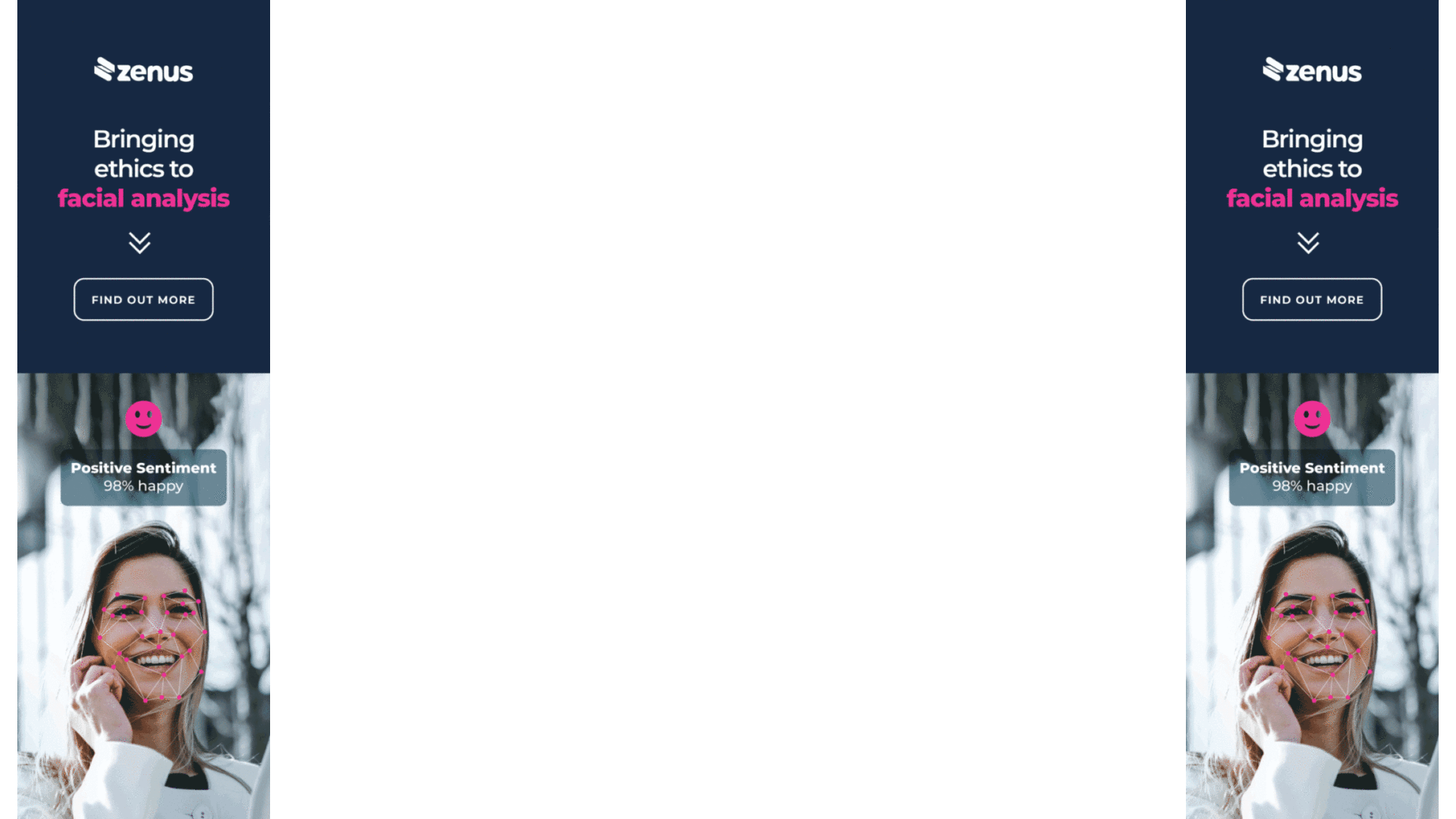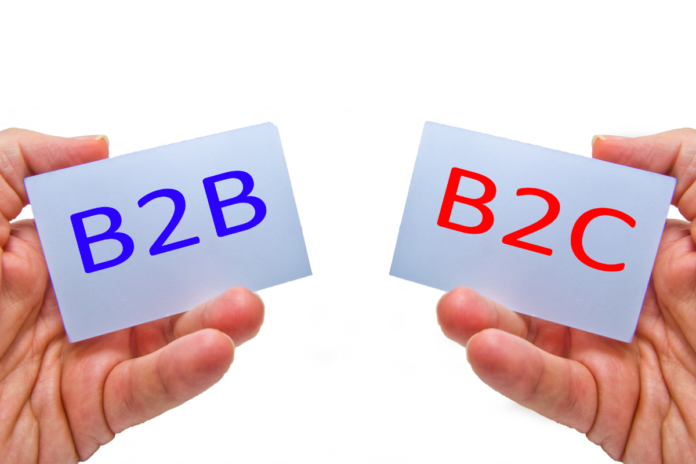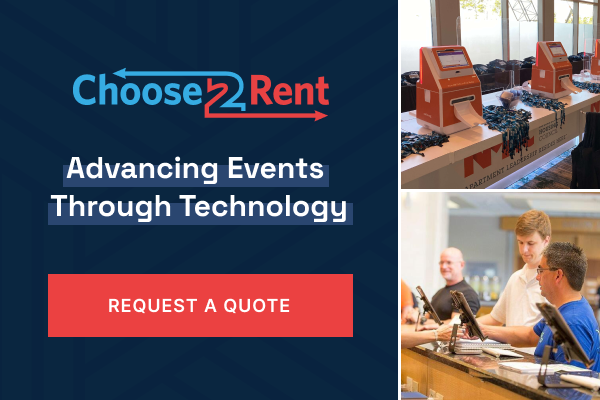By Elaine Byrne, Project Director, Sledge
When we think of consumer facing events, festivals, immersive pop ups and outdoor experiences are just some of the formats that come to mind.
For many, these events become a part of the fabric of their lives. They are cemented in their annual ‘must attend’ calendars, people purchase tickets months in advance, and it’s often these occasions where long lasting memories are made.
This highlights there is value in leaning on elements of the consumer world when planning business focused events. Audiences are fans of these experiences to the extent that they choose to invest their personal time and money into them, so why not weave them into their professional lives, too?
Below are some of the ways we go about achieving this in a B2B setting with maximum impact.
Tapping into attendees’ consumer and corporate personas
It might sound obvious, however those who attend an event in a business sense are consumers too. This presents us with the opportunity to not only design hyper personal experiences, but events that appeal to both attendees’ personas.
It also highlights the value of pre-event planning and communications, and rethinking surveys to include questions around what audiences enjoy most about both consumer and corporate events. A great place to start is asking them about their preferred formats, and why they attend them.
The responses we gain from this exercise can be used to weave elements of consumer events into traditionally corporate settings, ensuring a seamless fusion of fun, play, networking, and education.
Balancing client objectives with audience expectations
Of course, our focus should first and foremost be on planning, designing, and producing events that reflect our client’s brand, messaging, event specific goals, budget, and timeline.
This means the degree to which this tactic is implemented will vary. Creating a mini music festival within a meeting might not be suitable, however there may be an opportunity to incorporate a live music performance into the schedule. This could be timed ahead of key announcements, or at the conclusion of the event, so that guests depart with an entertaining and positive memory.
Likewise, an immersive, hands-on installation that forms part of a wider event, and takes delegates on a journey into the brand’s history, its new product or service could be an effective way to educate, engage, and communicate the company’s messages in refreshing and interesting ways.
What’s happening in the consumer world? Some key trends at play
Dialling up on personalisation with tiered attendance options
The pandemic opened up once exclusive events to a much broader audience. This, combined with rising inflation levels and consumers’ increased expectations when it comes to personalisation, has seen tiered ticket options become more commonplace than ever.
In the corporate world, this provides an opportunity to diversify too. Think unique, never seen before experiences for inclusion in VIP packages, through to providing delegates with the opportunity to select a set number – this could be five, 10, 15 and so forth, for example – of sessions most relevant to them, and pay the relevant price. This helps to ensure all can attend in one way or another, and that delegates get the most out of the event, depending on their individual wants, needs and expectations.
Exploring alternative spaces
The high street is undergoing a resurgence, with many brands looking to bricks-and-mortar retail – complete with interactive experiences – to share their story and showcase new products and services. Some are permanent fixtures, meanwhile others are more of the temporary pop-up variety.
The latter in particular represents an opportunity to generate buzz, and therefore drive ticket sales, around an impending business event, and it also has the ability to increase awareness of both the host brand, and the experience in focus.
Potential explorations here involve product showcases, collaborations with like-minded brands or influencers – this could be an activation within an activation, or guest appearances from well-known figures within the client’s industry, and carefully crafted journeys that take visitors on an exploration into the brand’s core DNA.
Leverage tech to go cashless, and surprise and delight
Cash was already beginning to phase out pre-pandemic, however this has only increased over the last two-and-a-half years. While not necessarily new, RFID wristbands are commonplace across large-scale consumer events.
In the corporate sector, they not only eliminate the need for cash and add another layer of convenience to the attendee experience, these wristbands can be used to send delegates push notifications. This function can be embraced in creative ways by, for example, incorporating a surprise keynote, Q&A session with an industry leader, or music performance into the programme, and alerting delegates via their wristbands. They also represent an effective way to notify individuals that the sessions they noted they wanted to attend are about to kick off, to ensure they don’t miss out.
No two brands or events are the same, so the degree to which this strategy is incorporated will depend on these and other factors. However, in a world where audience expectations are ever evolving and attention spans are growing shorter, fusing consumer and corporate events no doubt represents an opportunity to engage, educate and inspire attendees in new and unique ways.











